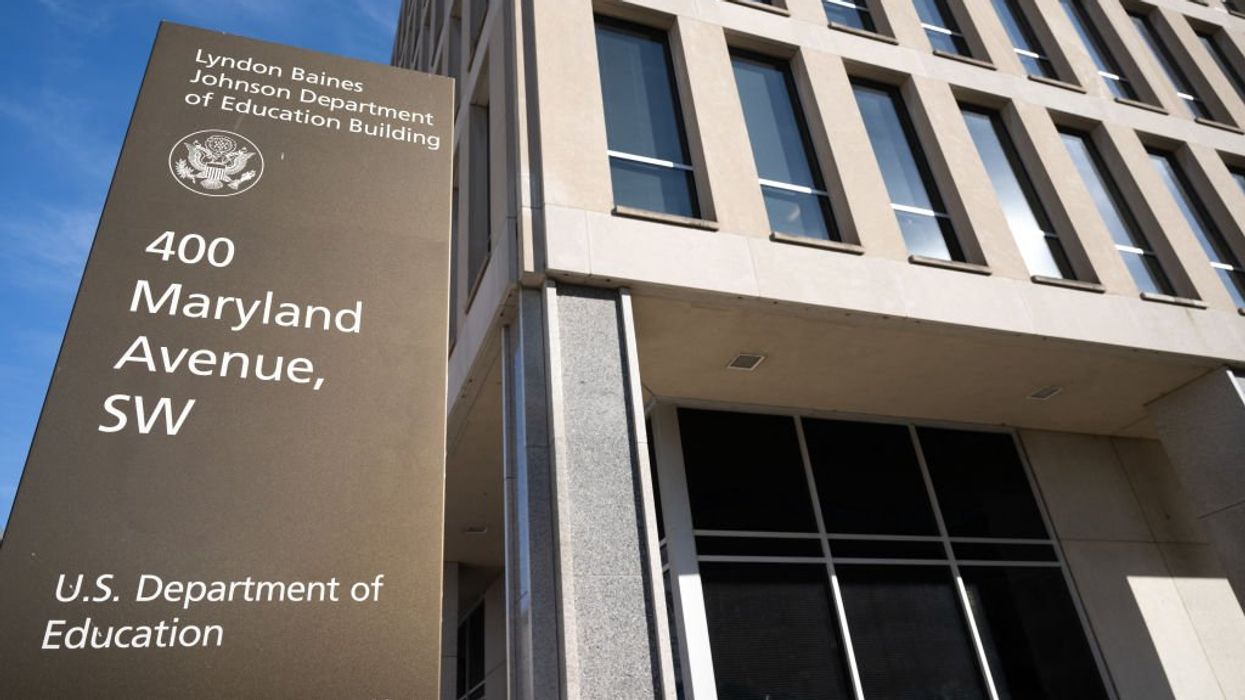In his book 'What Are Journalists For,' Jay Rosen writes that "The flow of information from source to public through media is not simply a matter of bringing information to light—it is about instilling citizens with an attentiveness to information that is vigilant and productive."
By now, you've heard all about Sarah Jeong, the Asian journalist who was recently hired to the New York Times editorial staff despite having several years' worth of undoubtedly racist tweets.
RELATED: Sarah Jeong's tweets are racist but the New York Times was right to not fire her
Andrew Sullivan penned an excellent article on the whole perplexing ordeal. He concludes:
Yes, we all live on campus now. The neo-Marxist analysis of society, in which we are all mere appendages of various groups of oppressors and oppressed, and in which the oppressed definitionally cannot be at fault, is now the governing philosophy of almost all liberal media. That's how the Washington Post can provide a platform for raw misandry, and the New York Times can hire and defend someone who expresses racial hatred. The great thing about being in the social justice movement is how liberating it can feel to give voice to incendiary, satisfying bigotry — and know that you're still on the right side of history.
Since the story blew up, Stu and I have talked about it quite a bit, so you'll know that I don't think that Jeong should be fired, largely because we've got to put an end to these insane social media lynchings. That's not what I want to talk about.
A divided house will not stand, that a kingdom divided against itself is brought desolation. In this instance, the divided house is the New York Times, and they deserve to fall.
After the Jeong incident, the newspaper released the following statement:
Her journalism and the fact that she is a young Asian woman have made her a subject of frequent online harassment. For a period of time she responded to that harassment by imitating the rhetoric of her harassers. She sees now that this approach only served to feed the vitriol that we too often see on social media.
There are so many instances of double standards within the New York Times, so many reasons that this statement reveals it as a broken house. For now, I'd like to look at one New York Times article in particular, from earlier this year following Roseanne's idiotic tweets. The article: "Roseanne' Is Gone, but the Culture That Gave Her a Show Isn't" is itself fairly alarmist—lumping all white people together as bigoted and hateful.
Well, where is the line for the New York Times?
The paper ran a handful of huffy articles decrying Roseanne's obscene racism. One perfect examples appears in an introduction to a hard news piece about the matter, "Roseanne Barr Crosses a Line, and ABC Draws One."
The now-deleted caption reads:
When people decide to let racism slide, it costs for the rest of us.
Yes, you read right:
When people decide to let racism slide, it costs for the rest of us.
The article concludes with this:
I'll be cynical again tomorrow. For now I'm glad that a corporation had an opportunity to think only of its bottom line, and chose to draw a line instead.
Well, where is the line for the New York Times?




